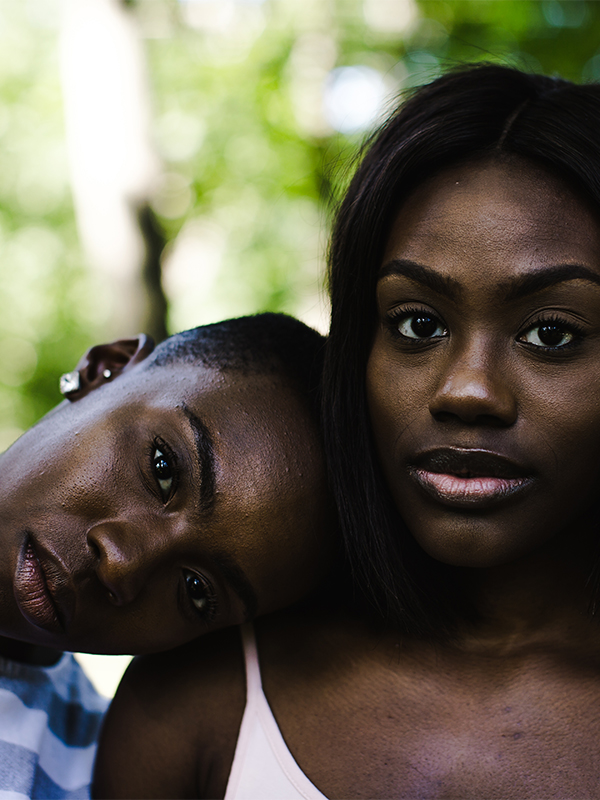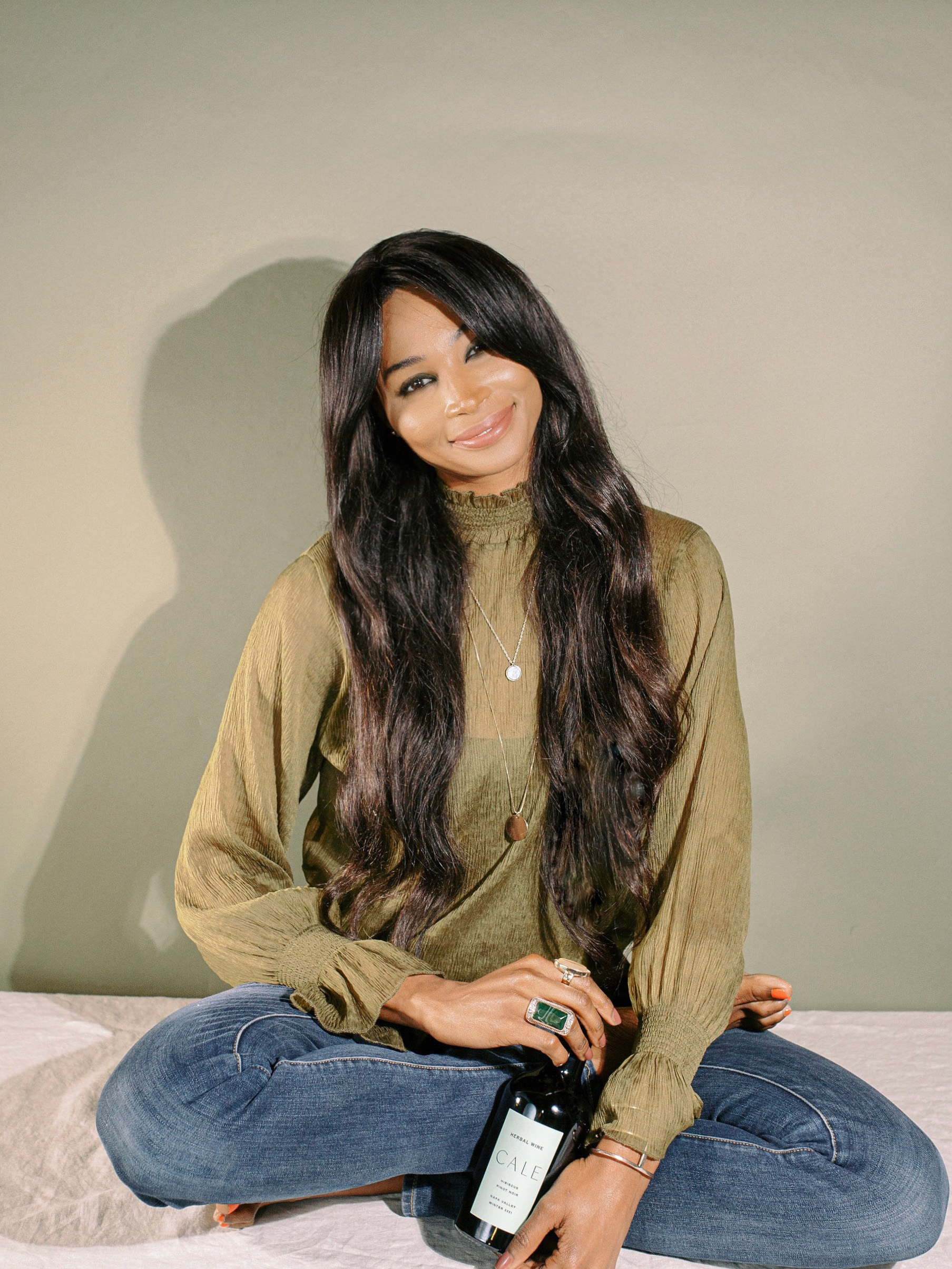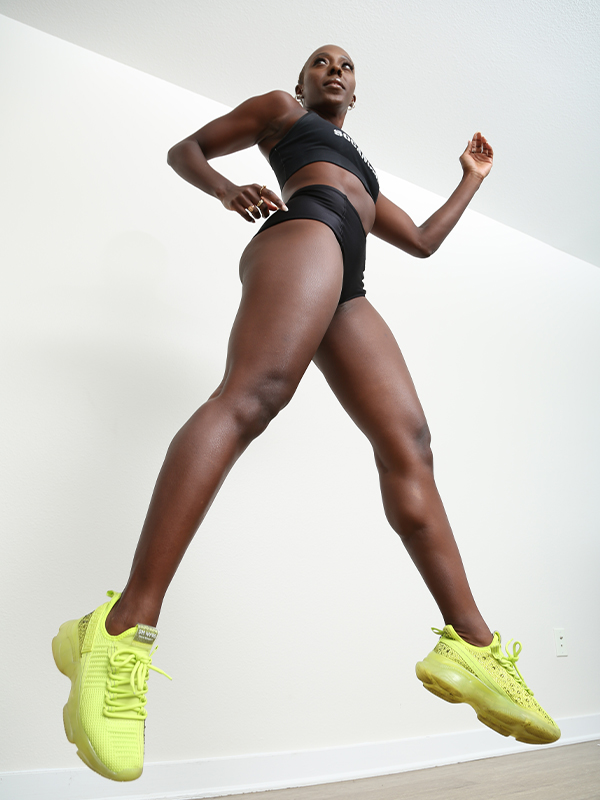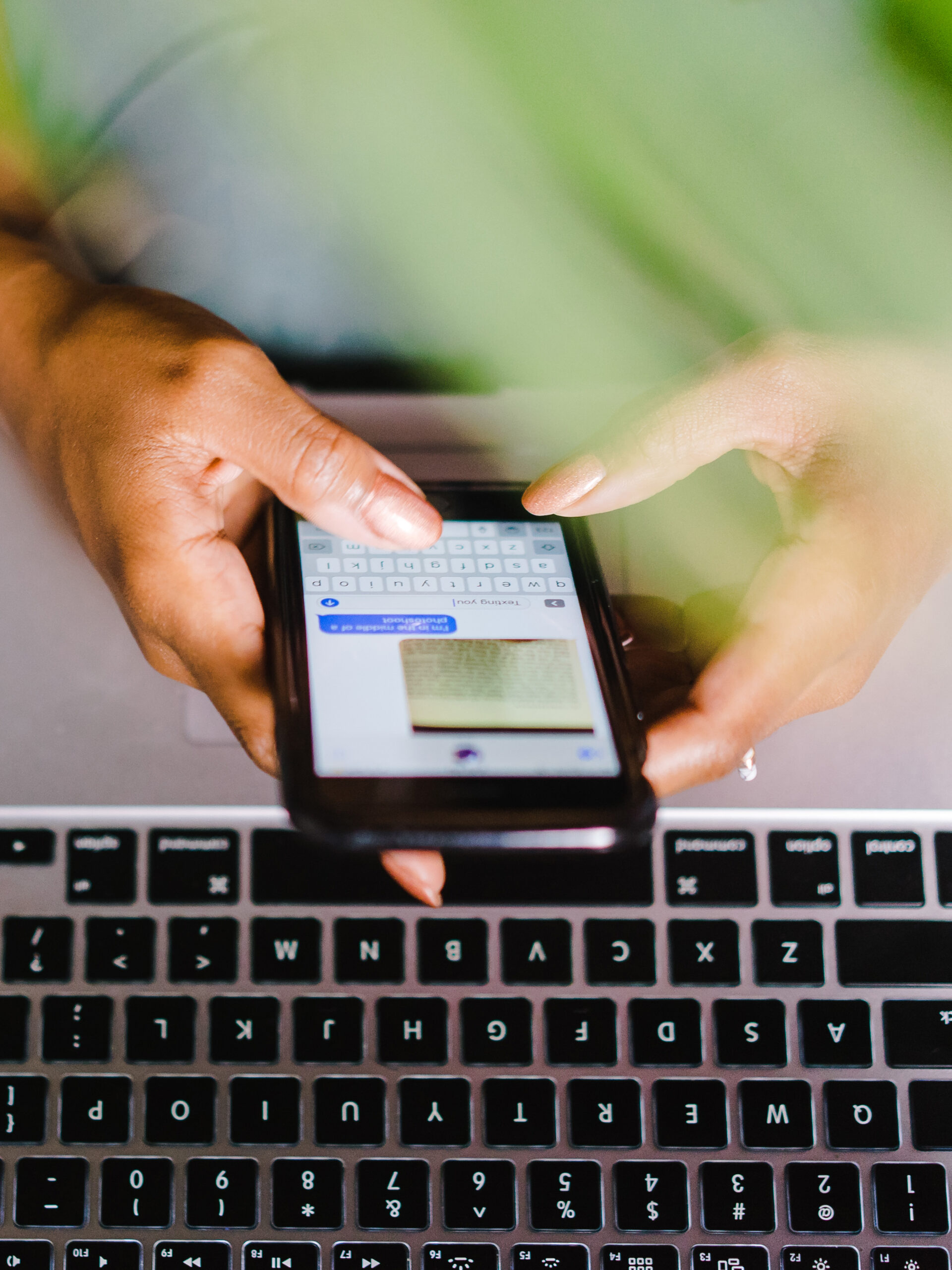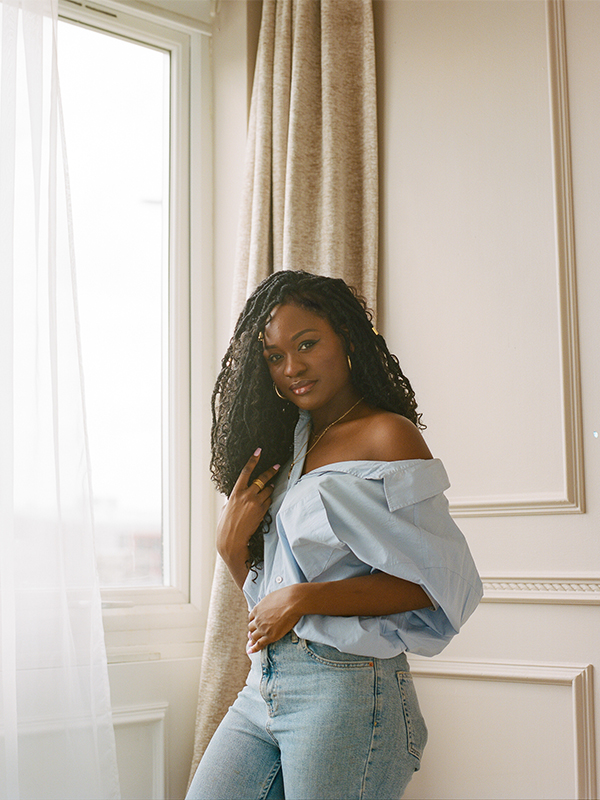It’s 6:30 a.m. My eyes tirelessly open. The sun has yet to rise, motivating my body to sink back into the mattress. I know I should get up, but I can feel the pain of exhaustion in the back of my eyes. I close them again, praying five more minutes will bring relief.
They don’t.
My body struggles to lift itself out of bed as it braces for the shock of the Northeastern cold draft that has settled in my bedroom overnight. I need to get out of South Jersey, I say to myself; this early December cold is miserable.
The thought of my to-do list overwhelms me as I throw the covers back over my head. It’s been an hour since my alarm went off. As the sunlight starts to peer in, I finally plant my feet on the carpet.
It doesn’t take long for me to subconsciously toil over my feelings of shame and guilt for wasting time, asking myself, “Don’t you have a good life? Shouldn’t you be excited to get up? Why do you waste time every single morning?”
As the day goes on, I still feel sleepy and sluggish. I look up from my laptop and, minutes later, realize I’ve been staring at yellow and brown leaves swaying in the wind outside my office window. I can’t concentrate on work anyway. My head is foggy and it’s a fight to keep my eyes open, especially around 3 p.m. when the sun already begins to go back down. I want to yell at it from behind the window screen, “Wait! Just give me a few more minutes!”
I hate this time of year. Like many others who severely struggle with the change in seasons, it took some time to realize why—that I may be struggling with Seasonal Affective Disorder, commonly referred to as SAD.
SAD is a type of depression that is most common during late fall or early winter, although it also (rarely) takes place during the beginning of summer. Its onset is usually during adulthood and its risk increases with age. According to the University of Utah Health, about 1 in 20 people experience seasonal depression. Of those people who are affected, four out of five are women. Common symptoms include oversleeping, fatigue, weight gain and other physical ailments.
“[SAD] has to do a lot with the way that the sun’s rising and setting impacts our own internal circadian rhythm and internal clock.” – Dr. Allycin Powell-Hicks, mental health expert and founder of the DOUX Consulting Group.
Chelsea Baez, 29, first noticed she could be struggling with seasonal depression around age 24. She describes her experience as a wave of sadness and low energy that hinders her from wanting to interact with the world.
“I’ll start one-wording people, not really being interested in conversation or being down a lot,” says Baez. “I don’t feel like dealing with people. I don’t feel like answering the phone. I really don’t even feel like getting out of my bed. To get up and shower sometimes, I don’t have the energy for it.”
Energy is a major component of SAD’s influence. “[SAD] has to do a lot with the way that the sun’s rising and setting impacts our own internal circadian rhythm and internal clock,” says Dr. Allycin Powell-Hicks, a mental health expert and founder of the DOUX Consulting Group.
Internal biological clocks—which regulate our mood, sleep and hormones—shift when there’s less sunlight. When it is disrupted, we can feel out of step with both our own body and normal daily schedule.
Farah Harris, a belonging and workplace well-being expert and a licensed psychotherapist based in Chicago, experiences SAD herself and helps treat clients struggling with it. Harris says she can feel the decrease in sunlight as early as August. “My husband thought I was exaggerating,” she laughs.
She adds, “Some people want to minimize SAD as, ‘It’s only three months. It’s just a quarter of the year.’ If you live in the Midwest, like I do, it’s actually six months out of the year…You are coming home after work, and it’s dark at only five o’clock in the afternoon. You’re going, ‘Oh my gosh. I can’t move about, run errands and do the things that I would normally do when there’s more sunlight out.’”
Sunlight helps regulate serotonin, a brain chemical that contributes to feelings of happiness, through the production of vitamin D. Therefore, a lack of sunlight in the winter can lead to a vitamin D deficiency both affecting serotonin levels and mood.
This presents a greater risk for Black people. “African Americans need more sunshine, more UV light in order to get the same levels of vitamin D as somebody who maybe is less melanated,” says Dr. Powell-Hicks.
Being of Caribbean descent herself, Harris explains how those of the diaspora originally come from environments and climates where there is more sunlight. When they migrate to darker environments and colder climates, where it is difficult to naturally get those nutrients due to the lack of sunlight, their bodies struggle with producing vitamin D in the winter and will physically and mentally struggle as a result. Black women may be at greater risk of developing SAD, but many aren’t seeking the help they need, says Harris.
“I tell people to be careful if a Black woman keeps saying she’s tired…she’s depressed.”
– Farah Harris
Dr. Powell-Hicks agrees. “We have a legacy of pushing through difficult, if not impossibly difficult spaces,” she says. “It is hard to turn off 400 years of social evolution and genetics that have been passed down to us. For a lot of us, it ends up taking way too long. Things have to get too bad before we notice.”
In her own work of decolonizing psychology, Harris sees that the challenge for Black women is that symptoms of depression may not necessarily look the same for us as in other communities. SAD may not show up for us in the “traditional” or “textbook” way. Black women, she says, traditionally struggle with having it all together, always caring for other people, and making sure we’re getting everything done. We may not be tearful or know how to articulate what we are feeling. “But we’re tired,” says Harris. “I tell people to be careful if a Black woman keeps saying she’s tired…she’s depressed.”
For Baez, who has her own struggles with seeking help for SAD, acknowledgement is the first step to fighting against this resistant mentality. “I want to be able to flourish without people thinking that I always have to be hard or I have to be tough or I have to deal with all the challenges of the world on my back,” she says. “I’m over that. It’s about time that Black women get to enjoy their lives.”
After acknowledgement comes action. Responsible exposure to sunlight is one major key. Maple Tree Cancer Alliance declares that taking a walk first thing in the morning is one of the best ways to naturally wake up your body. It will reset your circadian rhythm so that you feel awake by allowing the exposure to sunlight to suppress the production of melatonin, a hormone that plays a role in sleep. Starting your day off with a dose of sun will also help produce the vitamin D your body needs.
If increasing sunlight is all around not possible, exposure to a special UV light for 15-60 minutes each day may help. Tested and approved by VeryWell Mind, the Verilux HappyLight Light Therapy Lamp is their best value pick and the Carex Light Therapy Lamp is their best budget pick.
Harris also suggests getting an annual physical around the time you regularly notice an on-set of symptoms to better understand where your vitamin levels are—specifically vitamin D, K and iron. This will help you to equip yourself with the necessary supplements that will keep you healthy and enhance your mood.
Last but not least, talk therapy can help shift negative views you may have of yourself and your environment. Research has shown it effectively treats SAD, producing the longest-lasting effects of any treatment approach. In searching for a therapist, both Harris and Dr. Powell-Hicks suggest Therapy for Black Girls—a network of vetted Black female clinicians.
Winter is coming, ladies, but that doesn’t mean our glow has to go with it. Acknowledge the changes you may be feeling during this season and get the help you need.
